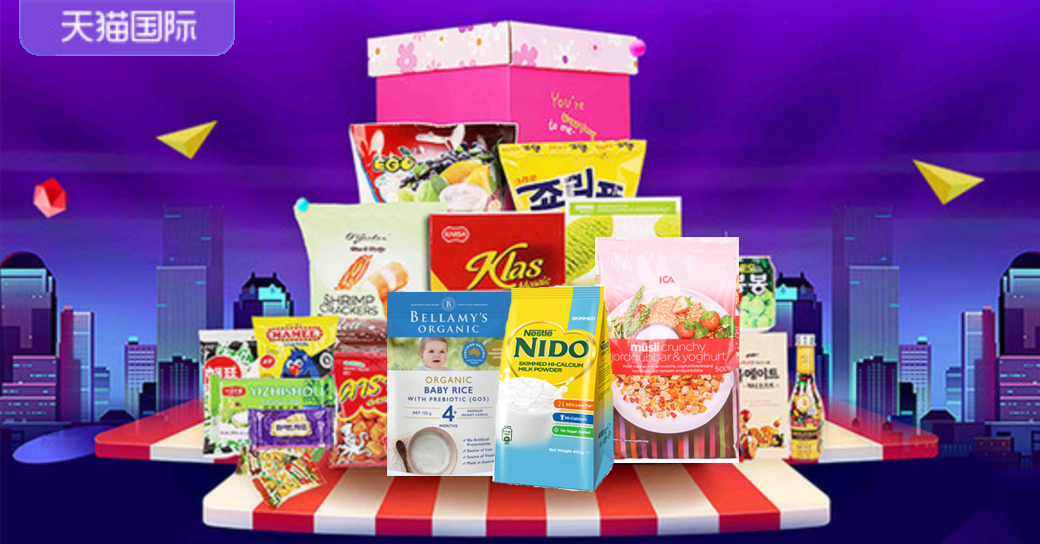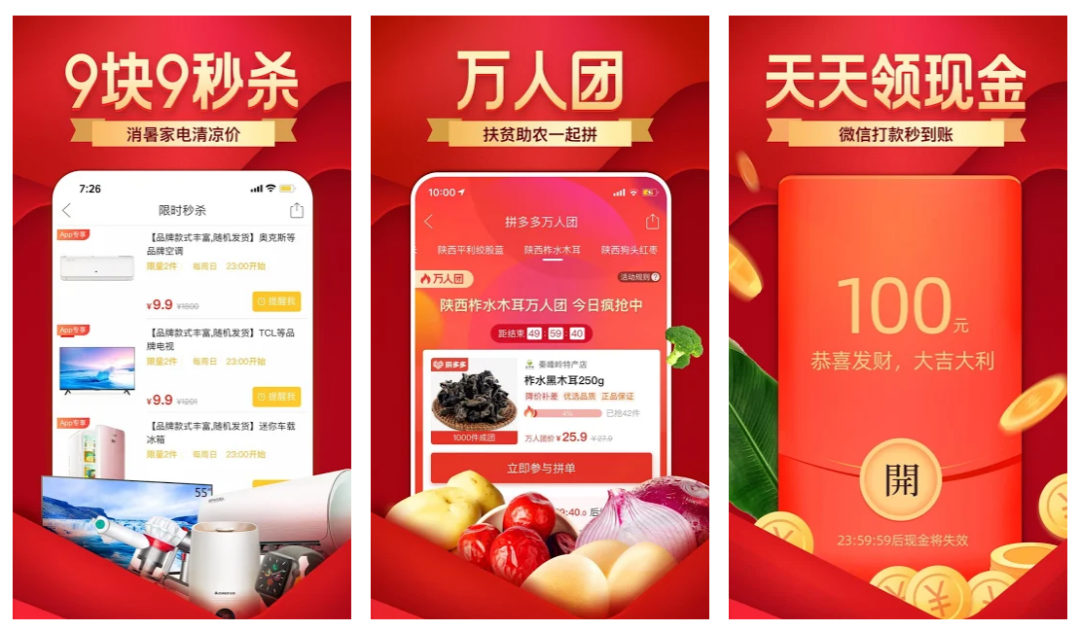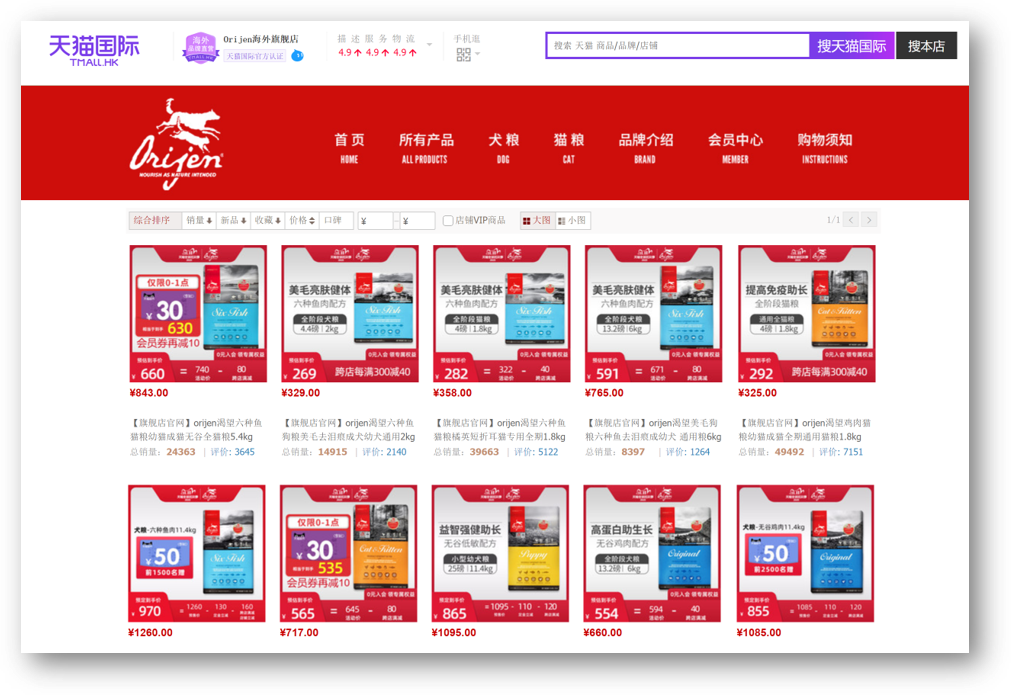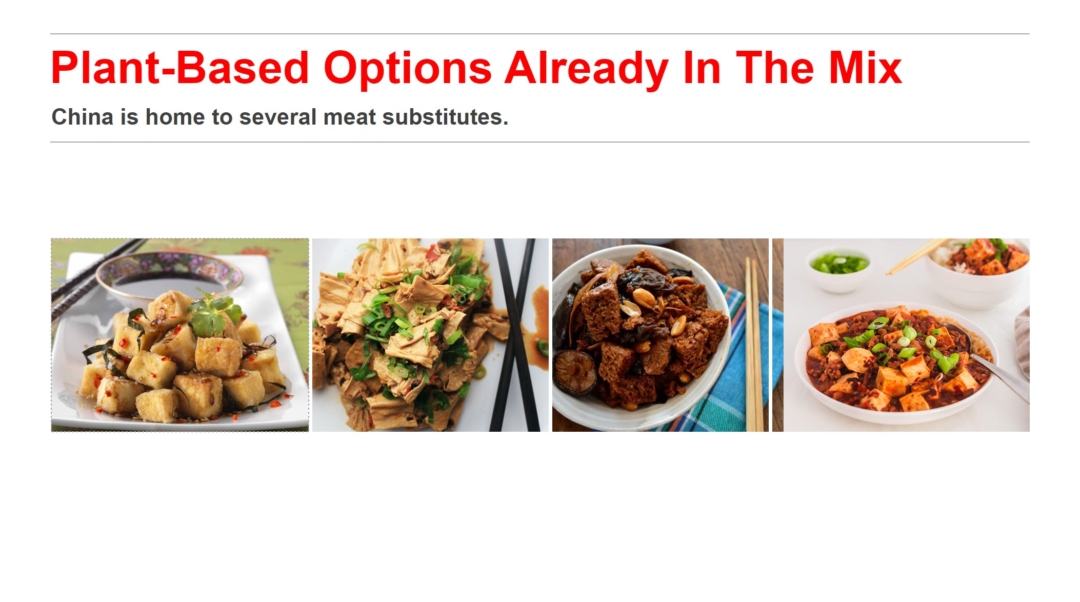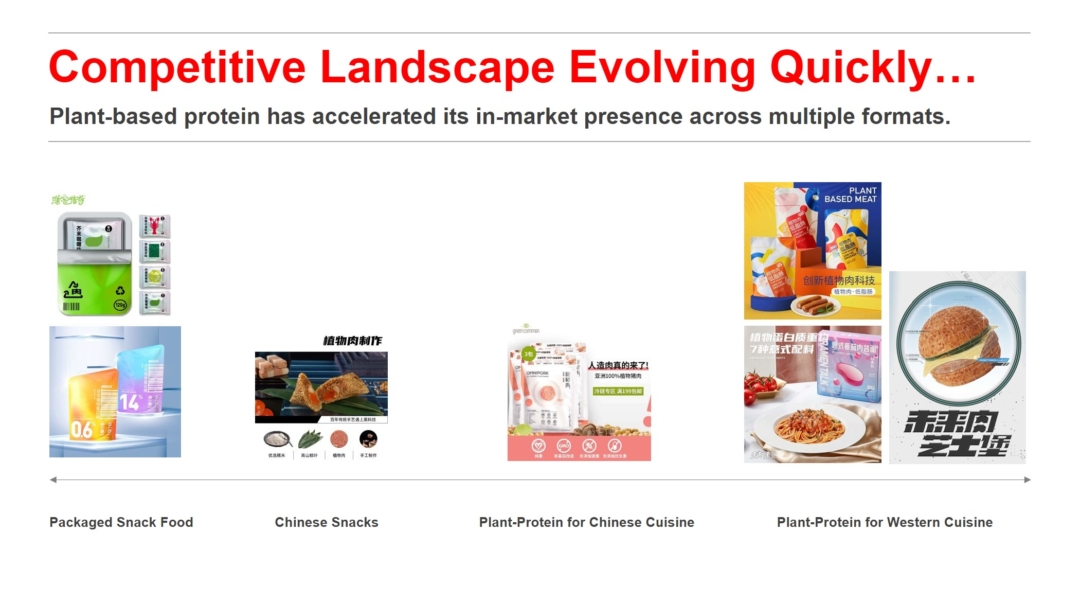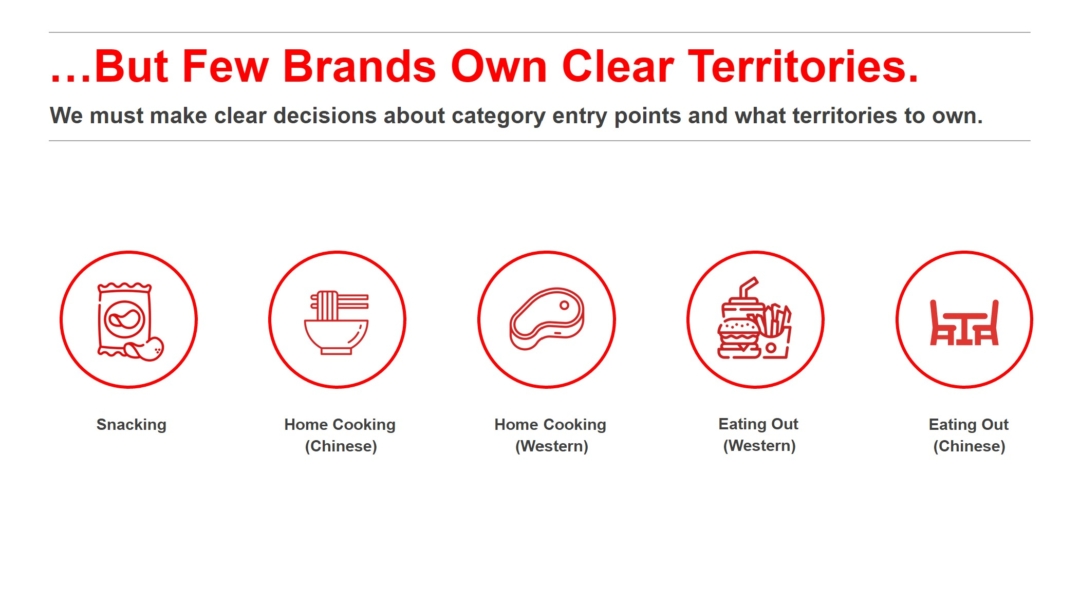Have you heard of “livestream e-commerce” but aren’t quite exactly sure what it is or how your brand can use it? Read on to get up to speed in record time – all it takes is the time to read this blog post.
Like many other things in China, livestreaming has taken on a different route and trajectory to the rest of the world. In other regions, livestreaming is focused on social and gaming. In China livestreaming has these dimensions too and has found an important role in e-commerce.
2020 was a big year for livestream e-commerce in China. Per HSBC and Qianhai Securities, livestream e-commerce is now estimated to be 10% of China’s e-commerce pie and could grow to 20% by 2022. At current levels, China’s estimated livestream e-commerce value is equivalent to the half of Amazon’s GMV in 2019. Needless to say, that’s huge!

Livestream e-Commerce Uptake
There are good reasons for the strong uptake:
- Livestream hosts (KOLs, as they’re called in China) carefully curate their product selections to their fan’s tastes. That leads to high conversion rates. Indeed, Taobao boasts that its conversion rate across livestream is an astonishing 32 percent. That is, for every one million viewers a livestream reaches, 320,000 will add the showcased product to cart, proof of China’s live commerce success.
- Viewers can see products in action. This is particularly helpful for a number of product categories, like colour cosmetics, clothes and furniture, where size, colour and effect aren’t easily discerned from stock photos or videos.
- Users’ questions about the product can be answered instantly. Everything from “Can we see what it looks like from another angle?” to “Can my toddler eat this?” can be answered directly by the livestream host, or customer service reps who read and answer user comments.
One of the things that make livestream e-commerce difficult to wrap your head around are how people (more specifically, livestream celebrities) act as a storefront and product curator. Normally, that’s done through a combination of shopping centers, branded stores and their knowledgeable sales assistants. Now, it’s in the hands of individual tastemakers. And, as the chart below shows, the amount of transactions flowing through these livestream celebrities can be as much as the annual revenue of a shopping center.

These tastemakers have enormous influence, and that directly translates to lower prices for consumers. In China Livestream e-commerce has gained so much traction because livestream celebrities offer their fans the ‘lowest price on the internet’. That further disrupts physical retail and brings some disruptive forces to existing online stores. And, as you can see from the chart below, lower prices are a key driver behind livestream purchases in China’s more affluent cities.

Livestream e-Commerce Opportunities
Here are a few things to get you thinking about the opportunity of using livestreaming in China, and a few places where AgencyChina might be able to help:
- See whether livestreaming has hit your product category yet. You might be surprised to find that livestreaming is already an emerging sales channel in your category. Alternatively, you might still have the chance to take an early lead and get your category exposed through live commerce.
- Work out what role livestreaming plays in your China strategy. Livestreaming is great for taking folks very quickly from awareness, to interest, to purchase. It’s also great at convincing those who are sitting on a potential purchase. But it can’t work in isolation.
- Ascertain what talent works best for your brand. With over 4,000 livestream hosts in the Taobao ecosystem, you’re spoilt for choice. Shortlisting talent that’s interested in your product, and cross-referencing that with who’s got the fans, sales skills and partnership acumen is a process that you need to undertake.
That might sound a little overwhelming, but AgencyChina’s here to help, with services that stretch across shortlisting, to strategy, executing strongly with chosen talent.









